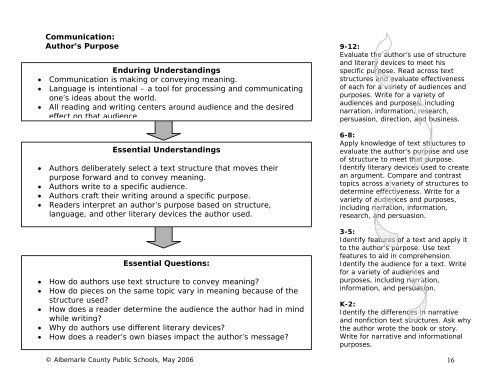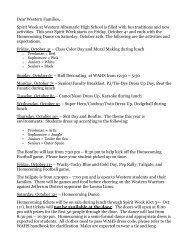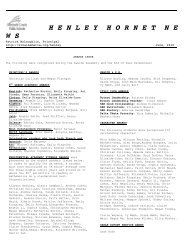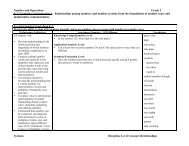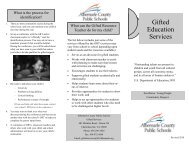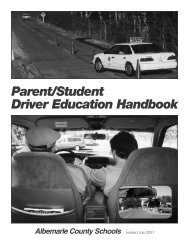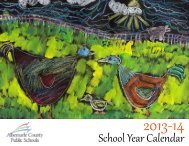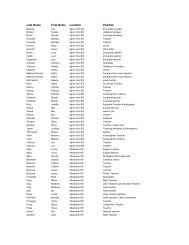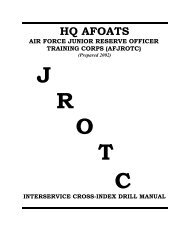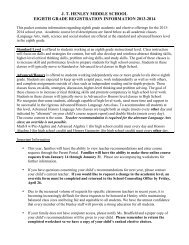Language Arts/English Curriculum Frameworks - Albemarle County ...
Language Arts/English Curriculum Frameworks - Albemarle County ...
Language Arts/English Curriculum Frameworks - Albemarle County ...
You also want an ePaper? Increase the reach of your titles
YUMPU automatically turns print PDFs into web optimized ePapers that Google loves.
Communication:<br />
Author’s Purpose<br />
Enduring Understandings<br />
• Communication is making or conveying meaning.<br />
• <strong>Language</strong> is intentional – a tool for processing and communicating<br />
one’s ideas about the world.<br />
• All reading and writing centers around audience and the desired<br />
effect on that audience.<br />
Essential Understandings<br />
• Authors deliberately select a text structure that moves their<br />
purpose forward and to convey meaning.<br />
• Authors write to a specific audience.<br />
• Authors craft their writing around a specific purpose.<br />
• Readers interpret an author’s purpose based on structure,<br />
language, and other literary devices the author used.<br />
Essential Questions:<br />
• How do authors use text structure to convey meaning<br />
• How do pieces on the same topic vary in meaning because of the<br />
structure used<br />
• How does a reader determine the audience the author had in mind<br />
while writing<br />
• Why do authors use different literary devices<br />
• How does a reader’s own biases impact the author’s message<br />
9-12:<br />
Evaluate the author’s use of structure<br />
and literary devices to meet his<br />
specific purpose. Read across text<br />
structures and evaluate effectiveness<br />
of each for a variety of audiences and<br />
purposes. Write for a variety of<br />
audiences and purposes, including<br />
narration, information, research,<br />
persuasion, direction, and business.<br />
6-8:<br />
Apply knowledge of text structures to<br />
evaluate the author’s purpose and use<br />
of structure to meet that purpose.<br />
Identify literary devices used to create<br />
an argument. Compare and contrast<br />
topics across a variety of structures to<br />
determine effectiveness. Write for a<br />
variety of audiences and purposes,<br />
including narration, information,<br />
research, and persuasion.<br />
3-5:<br />
Identify features of a text and apply it<br />
to the author’s purpose. Use text<br />
features to aid in comprehension.<br />
Identify the audience for a text. Write<br />
for a variety of audiences and<br />
purposes, including narration,<br />
information, and persuasion.<br />
K-2:<br />
Identify the differences in narrative<br />
and nonfiction text structures. Ask why<br />
the author wrote the book or story.<br />
Write for narrative and informational<br />
purposes.<br />
© <strong>Albemarle</strong> <strong>County</strong> Public Schools, May 2006 16


